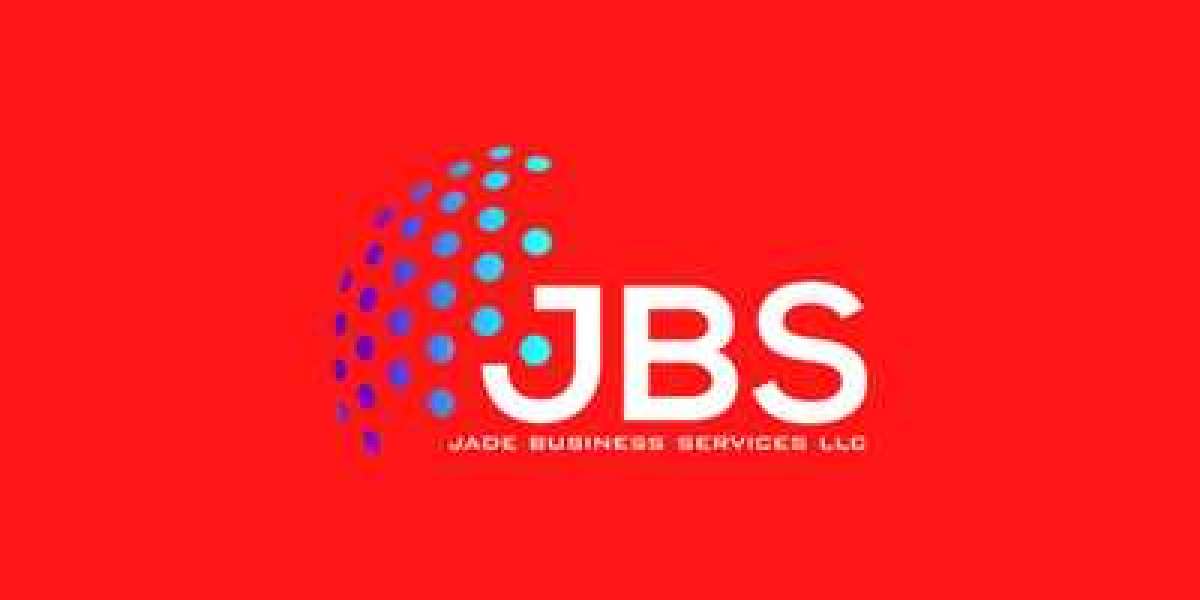The process of transferring data from one data storage system to another, as well as across different data formats and software programs is referred to as Data Migration. In addition to this, data transfers are required across a variety of file types and software programs.
In addition, the process of data migration involves the preparation of data, the extraction of data, and the transformation of data. It is often carried out at the same time as a company is implementing new procedures and systems.
COMMON DATA MIGRATION SITUATIONS INCLUDE:
- Upgrade and replacement of legacy software.
- Companies migrating to the cloud to improve operations.
- Consolidating websites.
- Coexisting and augmenting existing apps sharing the same dataset upkeep.
- Interoperability requires centralized databases.
- IT consolidation.
THERE ARE DIFFERENT TYPES OF DATA MIGRATION AVAILABLE WHICH ARE AS FOLLOWS:
- BUSINESS PROCESS MIGRATION :
The migration of business processes necessitates the transfer of business software as well as data about business KPIs and processes to a new environment. Information on customers, products, and operations may all be included in the metrics. It is usual for corporate optimization and restructuring, as well as mergers and acquisitions, to be the driving force behind the migration (MA). These kinds of corporate mergers and acquisitions are often required in order to keep up with the competition and enter new markets.
- CLOUD MIGRATION:
The term "cloud migration" refers to the process of transferring data or applications from a place on-premises to the cloud, or from one cloud environment to another within the same cloud. In its most basic form, it is a storage migration of a certain kind. IT professionals continue to see an uptick in the migration of businesses to the cloud, and they anticipate that the vast majority of significant firms will be running their operations from the cloud by the time the decade ends in 2030.
- STORAGE MIGRATION:
The process of migrating data from one storage place to another is referred to as storage migration and is performed by businesses. The data are moved from one physical media to another throughout this process. One of the most prevalent motivations for storage migration is the process of upgrading storage equipment to more advanced and contemporary storage equipment. As a result, it spans the transition from paper to digital, from tapes to hard disc drives (HDD), and from hardware-based storage to virtual (cloud-based) storage.
This shift is not being driven by a shortage of space; rather, it is being pushed by a desire to improve storage technologies. In most cases, neither the substance nor the format of the data is changed by it. Several processes, including data validation, cloning, data cleansing, and data redundancy, are all options for execution throughout the storage transfer process.
- DATA CENTER MIGRATION:
The transfer of data from an older data center infrastructure to new infrastructure equipment at the same physical site is an example of data center migration. Data center migration may also refer to the process of moving the infrastructure of a data center to a new physical location. The infrastructure for data storage, which is responsible for the upkeep of an organization's vital applications, is housed in a data center. It is made up of computers, network routers and switches, storage devices, and other data equipment that is connected to the servers.
- Application Migration:
When an organization changes its application software or its application vendor, application migration happens. This migration entails shifting data from one computing environment to another. Because of new application interactions after the transfer, a new application platform may need a drastic change.
The main problem stems from the fact that the old and target infrastructures have different data models and use various data formats. Vendors may offer application programming interfaces (APIs) to ensure data integrity. Vendor web interfaces may be automated to help in data migration.
- Database Migration:
Databases are organized data storage mediums. Database management systems handle databases (DBMS). As a result, database migration entails switching from one DBMS to another or upgrading from the current version of a DBMS to the most recent version of the same DBMS. The former is more difficult, particularly if the source and destination systems employ distinct data structures.
CONCLUSION:
To conclude, There are various appropriate techniques accessible to achieve the highest possible quality data transfer procedure. For a project, qualified professionals should be employed to oversee and drive the project. Before beginning to write mapping scripts, all data should be collected.
Data that has to be sent should be appropriately sized. Data cleansing may help ensure that only valuable and high-quality data is sent. There are several hazards involved in data transfer: make a backup and then carefully transfer data with the assistance of a professional. as a result, the danger of data loss is reduced. To guarantee security, data should be encrypted prior to transfer.



